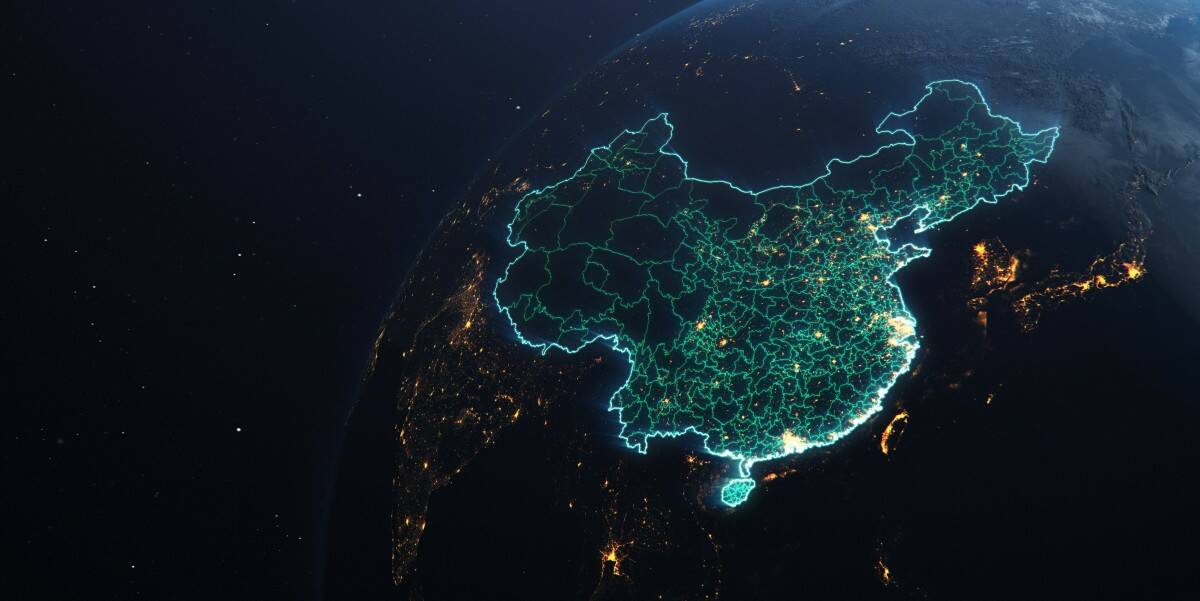China launches first sats for orbital AI cloud
Asia In Brief Chinese company Guoxing Aerospace last launched a dozen satellites, each packing a 744 TOPS of computing power, in the first step towards creating an orbiting constellation of 2,800 such satellites.
The outfit’s social media feed states the satellites communicate with each other over 100Gbps laser links, and runs an eight-billion parameter AI model that will help to perform astronomical observations.
The sats look like a classic edge compute play – put compute near workloads to avoid latency – to help instruments including a cosmic X-ray polarimeter. Guoxing Aerospace also hopes its satellites assist emergency services and help drone users down on earth.
New supercomputer for South Korea
South Korea’s Ministry for Science and Information and Communications Technology last week announced it’s buying a supercomputer from HPE, which revealed it will build the machine on its HPE Cray Supercomputing EX4000 system and include two partitions, one featuring NVIDIA GH200 Grace Hopper Superchips and another featuring 5th Gen AMD EPYC processors.
The Ministry didn’t reveal exact specs, but did state the machine will run 8,496 GPUs, some of them Nvidia’s GH200, use a 400Gbps network and pack 205 petabytes of storage.
South Korea last week also announced a plan to acquire 10,000 GPUs to assist local researchers and businesses, at a cost of $1 billion.
Tariffs slow APAC tech growth forecast
Analyst firm Forrester last week predicted tech spending growth across the Asia-Pacific will slow a little due to US trade policies.
Forrester predicted technology spending in the Asia Pacific (APAC) region would grow by 6.5 percent in 2025 to reach US$722 billion, up from US$678 billion in 2024. However last week the firm revised its forecast.
“The imposition of broad-based tariffs by the US, however, is expected to increase technology costs, disrupt supply chains, and dampen overall IT investments across the region,” the firm stated. “As a result, initial tech spending forecasts now appear optimistic, with heightened uncertainty expected to lower growth by one or two percentage points, depending on specific country exposure and IT spending categories.”
Most countries in the region will still increase tech spending, with the likes of India and Vietnam roaring ahead with over ten percent growth. However Frederic Giron, VP and senior research director at Forrester, warned “immediate economic headwinds and heightened uncertainty stemming from the new tariffs are likely to influence the pace, prioritization, and funding of technology initiatives in the coming months. Business and tech leaders must engage in comprehensive scenario planning to anticipate various outcomes and develop adaptive strategies that ensure organizational resilience.”
- TikTok's Chinese app - Douyin - in trouble after spat over the price of jade
- India’s chipmaking ambitions hurt by Zoho’s no-go and Adani unease
- Toyota picks Huawei’s Android-killer HarmonyOS for its Chinese electric sedan
- China reportedly admitted directing cyberattacks on US infrastructure
HCL gets into the chip biz
India’s government last week approved construction of a semiconductor fabrication plant jointly developed by HCL and Foxconn.
HCL is best known as a tech services provider, and software vendor. The JV with Foxconn will see is invest $300 million to create a facility that makes display driver chips destined for use in mobile phones, laptops, cars, and anything else that needs a display. The factory’s monthly capacity will 20,000 wafers and 36 million finished chips.
Japan moves to active cyberdefense
Japan last week enacted the Active Cyberdefense Law, which allows it to conduct offensive online operations and requires operators of critical infrastructure to report infosec incidents.
Lawmakers have considered the bill since 2022 but encountered opposition to measures that allow surveillance of some communications during peacetime.
The law also allows Japan to “neutralize” offshore servers felt to be involved in attacks on the country.
Japan’s post-war constitution renounced war and does not allow the nation to use force to solve international disputes. That doctrine extends into cyberspace, making this new law a significant change in policy. ®
关于《China launches first sats for orbital AI cloud》的评论
暂无评论
